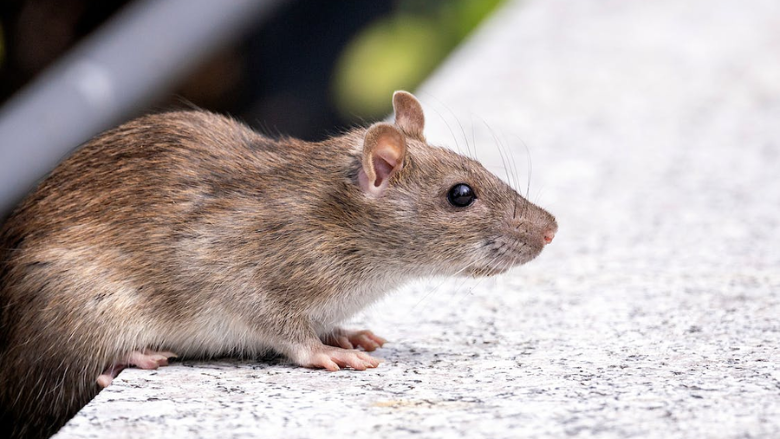Automated Traps for Commercial Farms: A Revolution?
Share
As technology advances, the field of agriculture is undergoing significant changes. One groundbreaking innovation making waves is the introduction of automated traps for commercial farms. These sophisticated systems are designed to improve pest management, tackling one of the farmer's oldest adversaries: pests. How exactly do these advanced tools transform traditional farming methods? Lets explore their implications and the promise they hold for the agricultural landscape.

The Importance of Pest Control in Agriculture
Farmers have faced the challenge of pests for centuries, aiming to safeguard their crops. Ineffectual pest management can have dire consequences, resulting in substantial economic setbacks. According to research, approximately 20% of the global food supply is lost annually due to pest infestations. While traditional pest control strategies, like chemical pesticides, may be effective, they often raise health and environmental issues. This is where automated traps come to the fore, offering a more efficient way to manage pest populations with minimal ecological impact.
Mechanics Behind Automated Traps
Automated traps for commercial farms utilize state-of-the-art technology, incorporating sensors, cameras, and even AI to monitor and control pest outbreaks. These devices are engineered to detect pests, either capturing or eliminating them while notifying farmers automatically. This advanced system not only allows for precise monitoring but also reduces pesticide reliance, promoting more sustainable agricultural practices.
Advantages of Implementing Automation in Pest Management
- Efficiency: These traps function continuously, ensuring round-the-clock surveillance and swift responses to pest problems, thereby minimizing crop damage.
- Precision: Equipped with high-tech sensors and analytics, these systems guarantee accurate pest identification and precise intervention, protecting beneficial insects.
- Cost-Effectiveness: Although the upfront costs can be considerable, the savings on pesticides and labor over time render them an economically wise choice.
- Sustainability: Reducing chemical pesticide use, automated traps align with eco-friendly agricultural initiatives.
Several sectors, including food processing, are already harnessing the benefits of automated pest control systems. It stands to reason that commercial agriculture will adopt similar technologies.
Challenges and Considerations
Despite their significant benefits, automated traps also face several challenges. The initial investment can be high, which might be a barrier for smaller farms. Additionally, these technologies require ongoing maintenance and a certain level of technological expertise, which could be overwhelming for less equipped farms. Ensuring compatibility with current farm methodologies and systems is essential for seamless implementation.

The Future of Automated Traps for Commercial Farms
The potential for automated traps is vast, and we are just beginning to explore it. As technology evolves, it is likely that costs will decrease, making these systems more affordable for small to mid-sized farms. Additionally, advancements in AI and machine learning could further improve the effectiveness and accuracy of these traps, leading to even better pest control solutions.
Organizations like Green Giant are actively enhancing the development of such technologies, paving the way for a more sustainable and efficient future in agriculture.
FAQs on Automated Traps
What are automated traps? Automated traps are devices that utilize technology such as sensors and AI to monitor and control pest problems without the need for human involvement.
How effective are these traps compared to traditional methods? Automated traps provide enhanced accuracy, efficiency, and sustainability, often outperforming conventional pest control methods across various metrics.
Can small farms afford these systems? Although the initial expense may be high, the prospect of long-term savings and decreasing costs positions automated traps as an appealing option for smaller farms in the future.
This article contains affiliate links. We may earn a commission at no extra cost to you.
